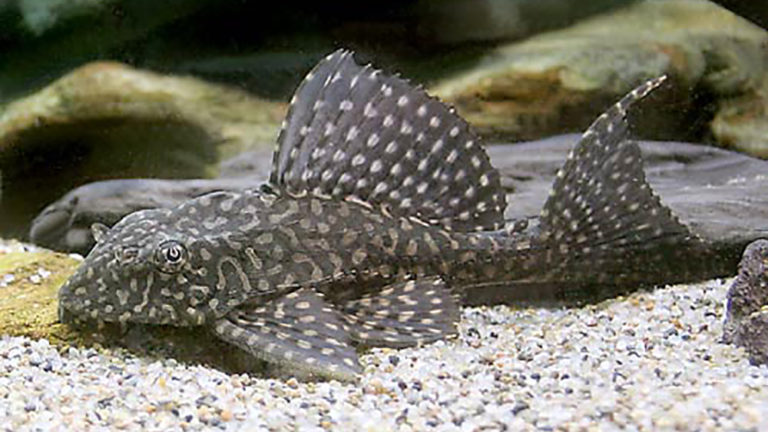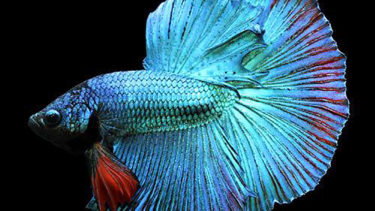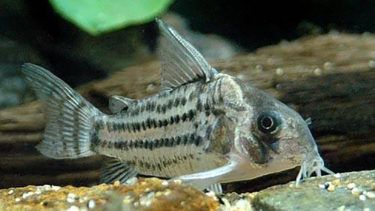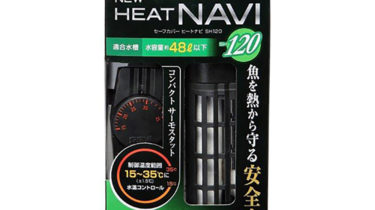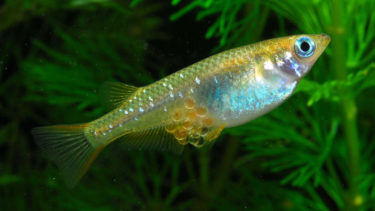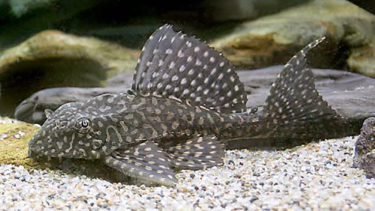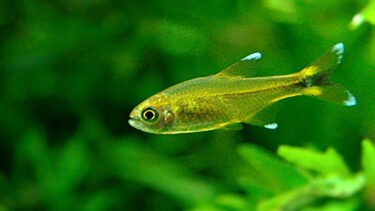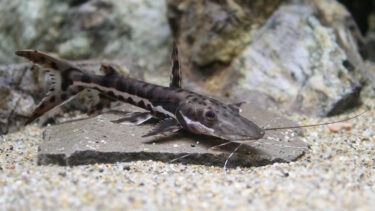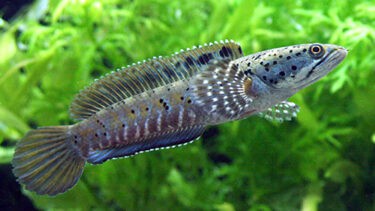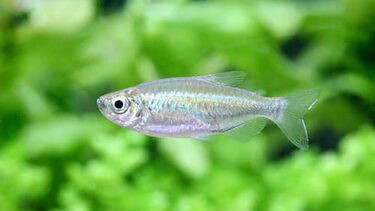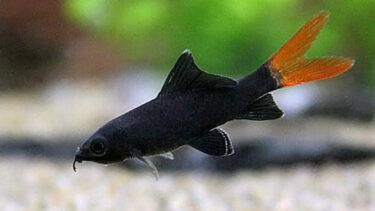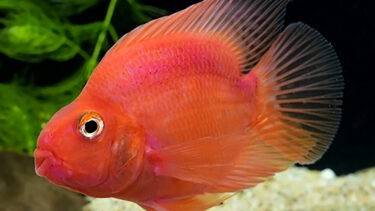The pleco is a tropical fish in the catfish order Loricariidae, family Pecoltia, native to the Amazon and Orinoco river basins in South America. It has hard, rough scales like armor and a sucker-like mouth that allows it to stick to rocks and walls. In this article, I would like to explain in detail the characteristics of this pleco and how to keep it.
What is Pleco?
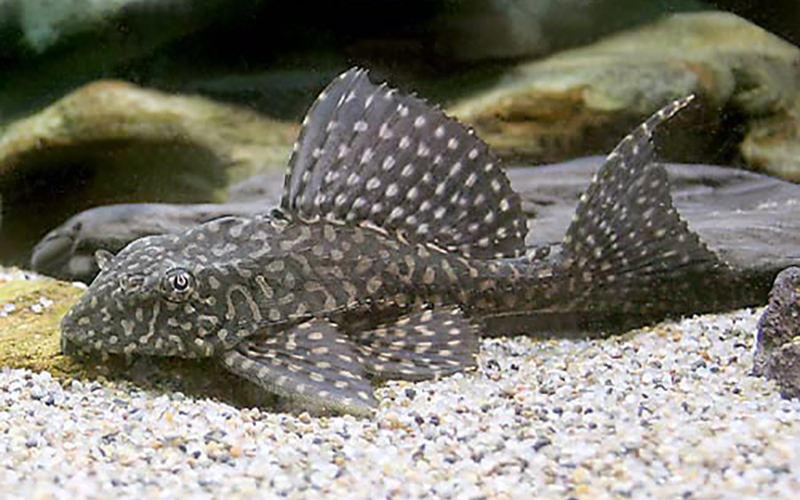
The pleco is a tropical fish in the catfish family Loricariidae, genus Pecoltia. The pleco originates from the Amazon and Orinoco river basins in South America. The pleco is characterized by its scales that are hard and rough like armor and its sucker-like mouth that allows it to stick to rocks and walls.This species has long been popular as a trash collector in aquariums because it uses its characteristic mouth to eat moss and debris from walls and other surfaces. The name "pleco" is not a scientific name, and "plecostomus" is the official name, but the name "pleco" is so common that it has become the Japanese name for the species. In this site, we use the commonly known name "pleco.
The Gourami is a tropical fish of the Osfronymidae family in the suborder Perciformes, with its characteristic long ventral fins, and is known by the nickname "antennae. In this article, we will discuss the characteristics of the Grammy and how to keep it [...].
The betta is a tropical fish of the family Osphronemidae (sea bass) and genus Betta, originating from the Mekong River basin that flows through the Kingdom of Thailand in Southeast Asia, with large growing fins and brightly colored body. In recent years, breeding has led to the emergence of species with more complex colors. In this article, we will discuss the characteristics of the betta [...].
The corydoras is a tropical fish of the family Calycthidae (catfishes) in the genus Corydoras, which is native to the Amazon River basin in South America. In this article, we will discuss in detail the characteristics of the corydoras and how to keep them [...].
Otocinclus is a tropical fish of the catfish family Loricariidae, genus Otocinclus, native to the Amazon River basin in South America. In this article, we will introduce you to the Otocinclus [...].
How to keep a pleco
Plecos can be an easy breed to keep. The lifespan of angelfish is about 10 to 20 years. Their body size ranges from 10 to 50 cm. However, both lifespan and body size vary depending on the environment in which they are kept and the food they are fed. They prefer slightly acidic to slightly alkaline water with a pH range of 6.0 to 8.0. Angelfish are classified as tropical fish, so they require a heater in winter if kept in Japan.
A heater is a device that maintains a constant water temperature. If you go to a specialty store that carries heaters, you will find a wide variety of types. Some people may be at a loss as to which one to choose. In this article, we would like to explain about such heaters [...]
Points to keep in mind when mixing swimmers

Regarding mixed swimming, first of all, pleco's character is relatively docile. Therefore, they can be mixed with other breeds. However, some pleco species grow to a large size. As they grow, they eat more. In many cases, the amount of waste (moss and food scraps) that is discharged does not change much, even though the amount of food eaten increases. When this happens, they may try to eat dirt on the bodies of other species as food.Especially, species with flat sides (angelfish, parrotfish, etc.) and goldfish, which tend to get dirt on their bodies, are also targets. If targeted, the pleco will stick to the sides of the body and begin to lick the body to remove the dirt. If the scales come off, the fish may develop skin diseases or other illnesses. Therefore, it is recommended that you change the breed of pleco to match its body size.
Points about spawning
Many people who keep plecos want to breed them. Although pleco breeding is easy, it is a little more difficult when it comes to breeding. However, it is possible to increase the number of plecos in a stable manner by knowing the proper procedures. First of all, it is important to keep male and female plecoids mixed together. To distinguish between male and female pleco species, individuals with well-defined characteristics are male, while those with less distinctive characteristics are female.For example, in the case of the "Serpentine Pleco," it is the males that have large growths of their characteristic sail-like fins. In this way, please make sure that they have the characteristics of their species. Then, when the time for breeding is approaching, we will prepare the environment and conditions that are conducive to laying eggs, such as a spawning tube. Then, when it is time to lay eggs, the male will encourage the female to lay eggs by climbing on top of her as if he is covering her. After fertilization, the male remains in place to protect the eggs. Plecos rarely eat their eggs when under extreme stress, so it is best to keep the eggs in a separate tank.
Many people who keep killifish want them to spawn. However, not many people know about spawning and what they need to do to prepare for it. This time, we would like to explain the method of spawning and the points to be noted [...].
If you have kept goldfish for a long time, you may want to try to breed them. However, if goldfish spawning is not done with care, there is a high possibility that the goldfish will weaken. In this article, I would like to explain in detail the method and precautions for spawning. The time of spawningThe time of spawning of goldfish is [...]
What to keep in mind when keeping a pleco
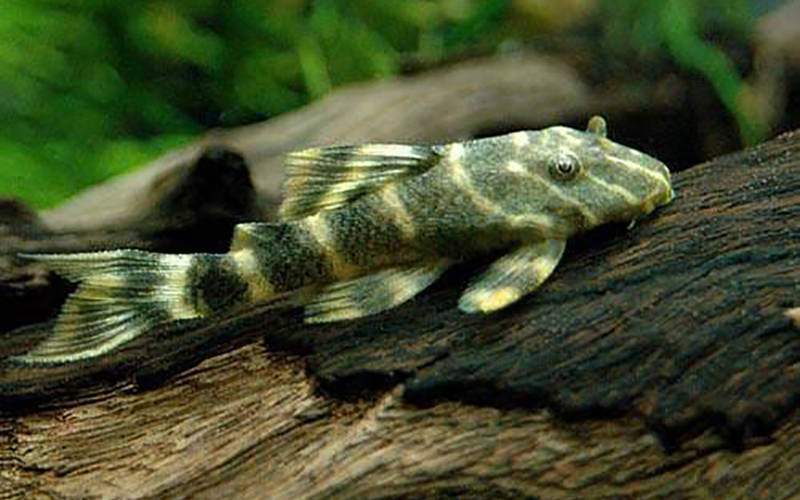
Plecos become a popular breed because they are easy to keep and easy to mix with other species. They are also recommended for beginners and those who are concerned about water quality, as they dispose of waste in the aquarium. Pleco has been popular for a long time, and anyone who has kept tropical fish has kept pleco at least once.Recently, however, there have been cases of people illegally discharging kept pleco and other animals into rivers and other places, destroying the ecosystem. Since there are small to large species of pleco, it is recommended that you consider which size you prefer before keeping them. If you purchase your pleco from a specialty store, you need to pay attention to whether or not the pleco is receiving artificial feed. If they are receiving artificial feed, they may not treat moss and food scraps, etc. If you are concerned about this, we recommend that you ask the store staff. Pleco is a versatile breed that can be placed in small fish such as neon tetras and large fish such as arowanas, so if you are interested, we recommend that you visit a specialty store to take a look.

